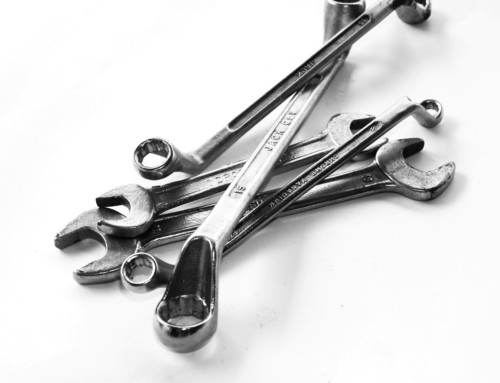How You Have Your PMs Addressing The Right Issues, Make The Effective
 In the previous articles, we looked at what type of analysis to use to evaluate the effectiveness of the PMs and if they are cost effective. Once the PMs have been optimized to ensure they are addressing the right failure modes, then they need to be made efficient. Below is an excerpt from a recent article in SMRP’s Solutions Magazine on how to make PM efficient using the lean tools.
In the previous articles, we looked at what type of analysis to use to evaluate the effectiveness of the PMs and if they are cost effective. Once the PMs have been optimized to ensure they are addressing the right failure modes, then they need to be made efficient. Below is an excerpt from a recent article in SMRP’s Solutions Magazine on how to make PM efficient using the lean tools.
PM Optimization is often thought of as an activity to improve the effectiveness of the maintenance strategy. While this is the first step and a vitally important step to improving any maintenance strategy, it is not the only one. Stopping after this first step may prevent an organization from achieving their goals or best in class performance.
So what is the second level to PM Optimization? What is often overlooked is the efficiency of the PM routine or maintenance strategy. For an organization to move to world class levels, they not only need to do the right maintenance, but they also need to do it efficiently. This is where the second level of PM Optimization can unlock the hidden potential. When PM Optimization is combined with known and accepted Lean techniques, the efficiency of maintenance is truly unlocked.
Understanding Waste
The first step to introduce the second level of PM Optimization with a focus on efficiency is to educate the team. The team needs to understand the different types of waste, and known Lean techniques used to eliminate the waste. The eight types of waste are;
- Defects
- Overproduction
- Waiting
- Not Utilizing Talent
- Transportation
- Inventory Excess
- Motion Waste
- Excess Processing
Once the team is aware of the waste, there needs to be an unrelenting focus on eliminating the waste and minimizing planned downtime. This is where the Lean techniques come in.
Apply Lean Techniques to Eliminate Waste
To eliminate the waste from a PM routine, a Lean technique will be utilized, Single Minute Exchange of Dies (SMED). SMED is a system for dramatically reducing the time it takes to complete equipment changeovers. The essence of the SMED system is to convert as many changeover steps as possible to “external” (performed while the equipment is running) and to simplify and streamline the remaining steps. This very same approach can be used on PM routines to improve efficiency.
The steps to a SMED is quite simple and can be applied to a PM Optimization;
- Measure scheduled downtime
- Separate internal and external downtime
- Convert internal tasks to external tasks
- Eliminate internal
- Eliminate external waste
- Standardize and maintain best practice
The focus on improving efficiency extends past the initial PM Optimization and should become part of the PM routine itself. At the conclusion of the PM routine, a quick analysis should be performed to identify any sources of waste and what can be done to reduce or eliminate it.
In conclusion, when the eight types of waste are targeted and reduced using Lean techniques, the amount of planned downtime goes down. This allows the organization to achieve even higher levels of OEE or TEEP, allowing organizations to increase their profitability.
Has your organization looked into to improving the efficiency of your PMs? Have do taken the time first to make them effective? To dive deeper into this topic, be sure to get your copy of SMRP’s Solutions Magazines.
Remember, to find success; you must first solve the problem, then achieve the implementation of the solution, and finally sustain winning results.
I’m James Kovacevic
Eruditio, LLC
Where Education Meets Application
Follow @EruditioLLC
References;
[/fusion_builder_column][/fusion_builder_row][/fusion_builder_container]
